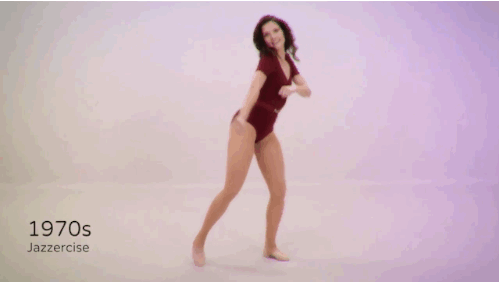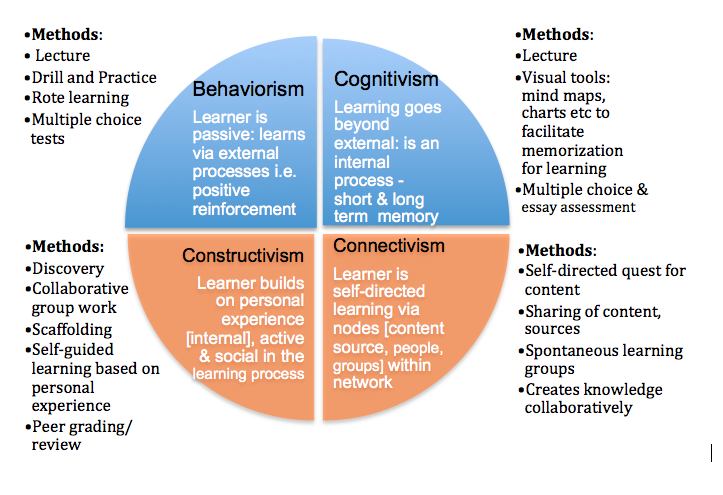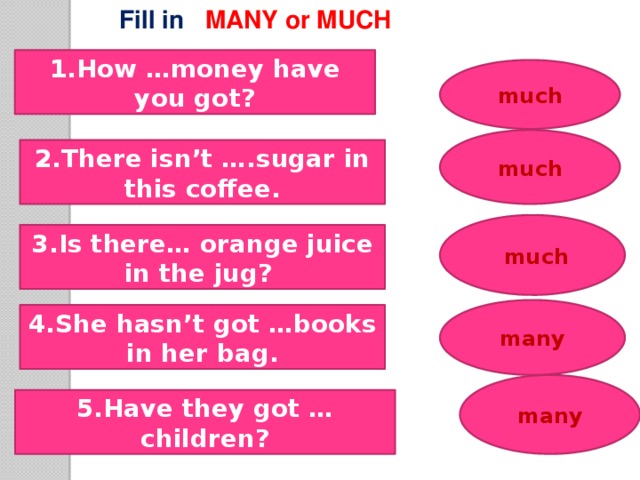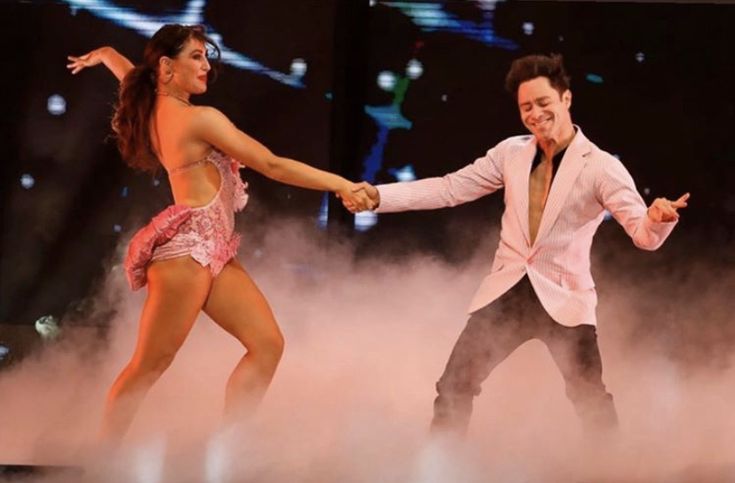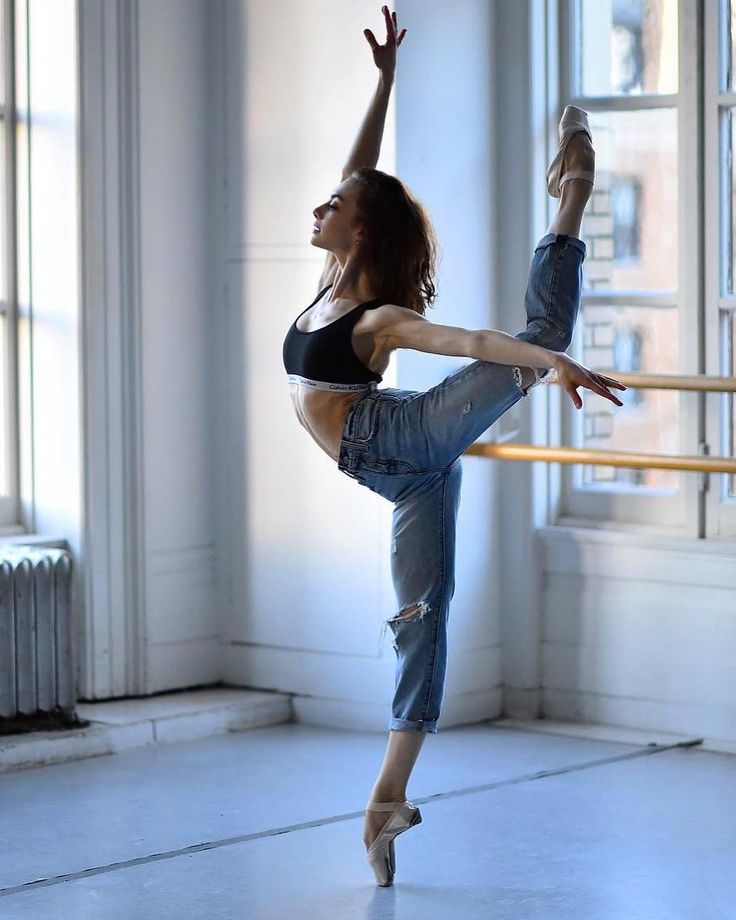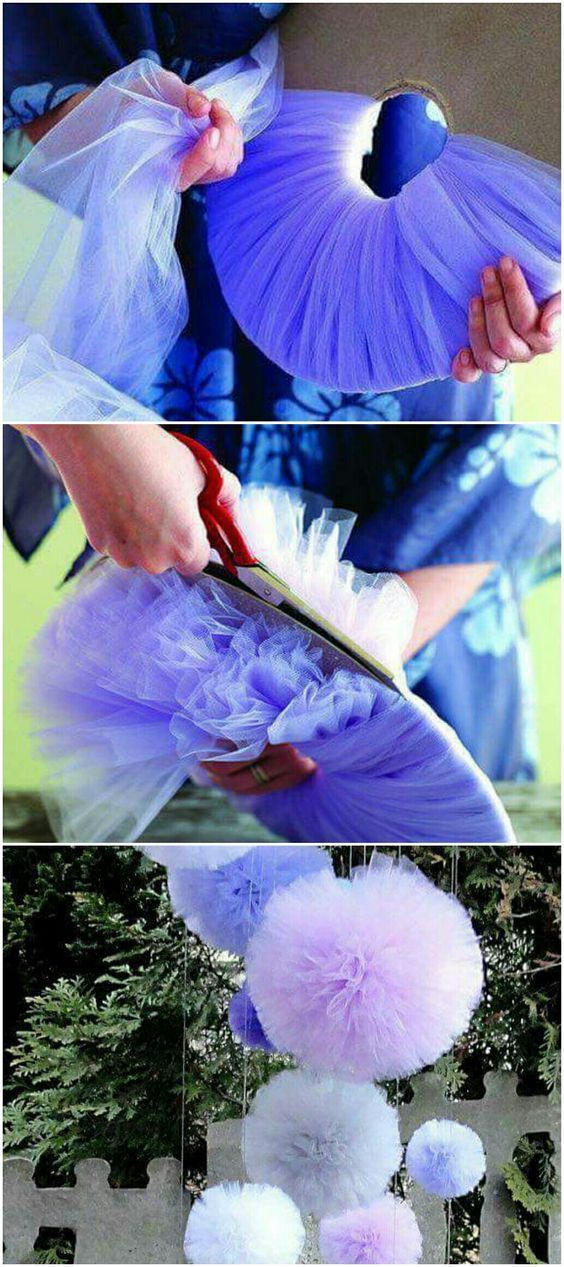How dance has evolved
The Evolution of Dance from 1950 to 2019: A 7-Decade Joy Ride in 6 Minutes
I see Michael Jackson as a dance style, okay? — Ricardo Walker
Ricardo Walker and his Crew’s The Evolution of Dance, 1950 to 2019 will make you regret every minute spent hugging the wall in middle school.
The breakneck, 6-minute romp led by dancer, choreographer, and Michael Jackson impersonator Ricardo Walker, not only showcases the all-male Brazilian crew’s talent, it makes a strong case for throwing yourself into some serious dance floor silliness.
The Crew, formed by a mutual passion for the King of Pop’s moves, is plenty cool, but their willingness to ham their way through “Flashdance…What a Feeling,” the “Macarena,” and Dirty Dancing’s “Time of My Life” suggest that the joys of dance are available to ordinary mortals such as ourselves.
They cavort in sagging early 90s-style Hammer Pants for “U Can’t Touch This” and don Western wear for Lil Nas X’s “Old Town Road,” the most recent number on this musical tour.
Troupe members Gabriel Zaidan and Alexandre “Lelê” Mayrink seem unhampered by vanity, tossing their enviable locks into the 35 costume changes’ goofiest styles.
The Crew took 16 hours to get the video in the can on a day when one of their number felt under the weather, and they had to be out of the studio by 7pm. (Our compliments to the editor!)
While such hits as Chubby Checker’s “Let’s Twist Again,” Jackson’s “Billie Jean,” Madonna’s “Vogue,” Beyoncé’s “Single Ladies,” and — who could forget? — “Gangnam Style” instantly summon a period, the 90s placement of Tom Jones’ signature tune, “It’s Not Unusual,” is throwing viewers for a loop.
How did that old chestnut wind up between Madonna and Backstreet Boys?
By virtue of its first studio version, released in 1995 as part of the compilation album The Legendary Tom Jones — 30th Anniversary Album, that’s how.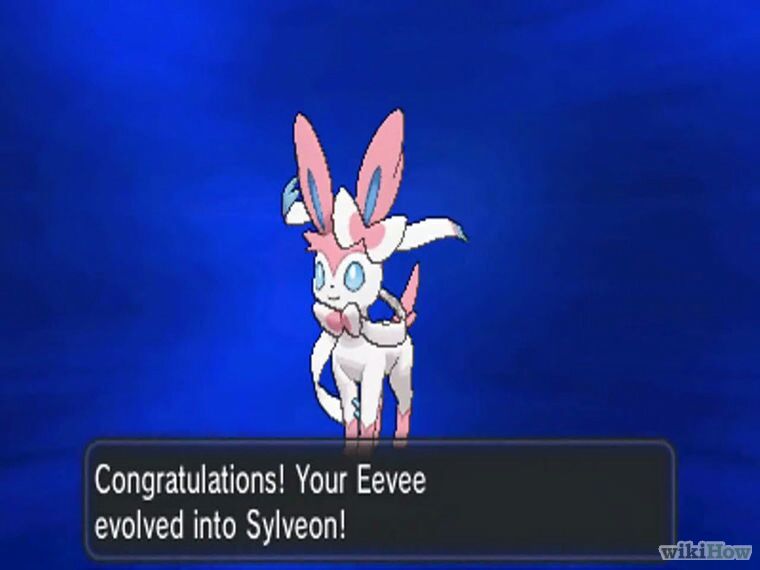
Prior to their virtuoso turn in the Evolution of Dance, 1950 to 2019, the group guided viewers through the Evolution of Michael Jackson’s Dance. (Jackson’s influence is also evident throughout the former, earning him 4 nods.)
For those whose feet have begun to itch, choreographer Walker teaches a Master Class in Michael Jackson’s dance moves for $100.
Songs used in The Evolution of Dance — 1950 to 2019 — by Ricardo Walker’s Crew
00:03 – 00:13 – Singin’in the Rain – Gene Kelly
00:13 – 00:23 – Hound Dog – Elvis Presley
00:23 – 00:30 – Tutti Frutti – Little Richard
00:30 – 00:35 – Let’s Twist Again – Chubby Checker switch to color
00:35 – 00:45 – I feel good – James Brown
00:45 – 00:57 – I Want You Back – The Jackson Five
00:57 – 01:09 – Stayin’ Alive – Bee Gees
01:09 – 01:16 – Dancing Machine – The Jacksons
01:16 – 01:20 – Shake your Body – The Jacksons
01:20 – 01:24 – You’re the one that I want – John Travolta, Olivia Newton-John
01:24 – 01:31 – Time of My Life – Bill Medley, Jennifer Warnes
01:31 – 01:46 – Billie Jean – Michael Jackson
01:46 – 01:55 – Rhythm Nation – Janet Jackson
01:55 – 02:03 – FootLoose – Kenny Loggins
02:03 – 02:13 – Thriller – Michael Jackson
02:13 – 02:18 – What a feeling – Irene Cara
02:18 – 02:22 – U can’t touch this – MC Hammer
02:22 – 02:31 – Black or White – Michael Jackson
02:31 – 02:42 – Vogue – Madonna
02:42 – 02:51 – It’s not unusual – Tom Jones
02:51 – 03:02 – Everybody – Backstreet Boys
03:02 – 03:13 – Macarena – Los Del Río
03:13 – 03:26 – Crank That – Soulja Boy
03:26 – 03:33 – Single Ladies – Beyonce
03:33 – 03:46 – Bye Bye Bye – NSYNC
03:46 – 03:54 – Ragatanga – Rouge
03:54 – 04:04 – Gangnam Style – PSY
04:04 – 04:15 – Despacito – Luis Fonsi
04:15 – 04:25 – Uptown Funk – Mark Ronson , Bruno Mars
04:25 – 04:34 – Party Rock Anthem – LMFAO
04:34 – 04:43 – Can’t Stop The Feeling – Justin Timberlake
04:43 – 04:51 – Watch Me – Silentó
04:51 – 05:03 – Swish Swish – Katy Perry
05:03 – 05:17 – In My Feeling – Drake
05:17 – 05:35 – Old Town Road – Lil Nas X
Related Content:
How Michael Jackson’s “Thriller” Video Changed Pop Culture Forever: Revisit the 13-Minute Short Film Directed by John Landis
The Dance Theatre of Harlem Dances Through the Streets of NYC: A Sight to Behold
Twerking, Moonwalking AI Robots–They’re Now Here
Ayun Halliday is an author, illustrator, theater maker and Chief Primatologist of the East Village Inky zine.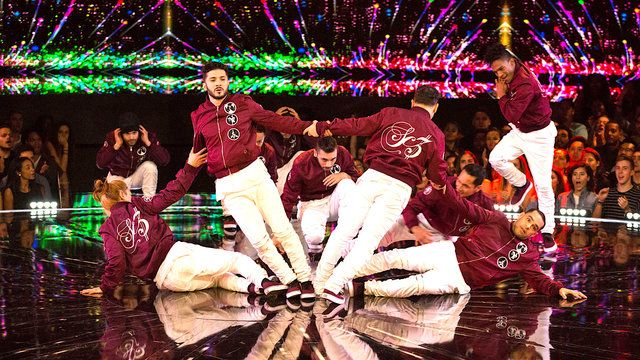 Follow her @AyunHalliday.
Follow her @AyunHalliday.
How Has Dancing Evolved As An Art Through The Years
“If I don’t dance for even a day, I feel like something is missing. Dance has taught me how to present myself, to be confident, and it is major part of my life now. I feel like I’m constantly creating something, and that makes me satisfied”, said Harshad Ghohil, Creative Director at Split Sole Dance Academy.
Dance is a form of art, and whether it’s the music, culture or the history behind it, dance has always been a way for people to express themselves. We’ve seen and witnessed its evolution right from jazz, waltz, cha cha cha to viral dance steps like the Whip and Nae Nae, the Ketchup Song, Juju on That Beat, and more.
In America, dances from the 1920s were often characterized as wild and carefree, like the shimmy, Charleston, and most Gatsby parties. In the clubs, dance contests known as marathons would happen, where one dances till you can’t dance anymore. The records made and beaten all around the country ranged from hours to days to weeks. In the late 1920s arrived the tango and the waltz, and still form a crucial element in dance shows like Dancing with the Stars or So You Think You Can Dance.
The records made and beaten all around the country ranged from hours to days to weeks. In the late 1920s arrived the tango and the waltz, and still form a crucial element in dance shows like Dancing with the Stars or So You Think You Can Dance.
Dance forms like jazz, jitterbug and swing largely belonged to the 1930s and 1940s. But the 1950s was the year of growth and rebellion. Major dances from the 1950s like the twist and other dances made popular from this rock and roll era influenced movies like Grease, Hairspray, and La La Land. From their poodle skirts, socks, and white tennis shoes, this was the era of the pink ladies and dirty dancing.
Image Credits: City Dance Dance AcademyOver 400 new dances were introduced in the 1960s. Artists like Nat King Cole and The Beatles had a huge influence in this era for dance. The colorful, bright, soulful disco era, of the 1970s saw dances like the hustle, the YMCA, and soul train lines. This upbeat era kept everyone on their toes.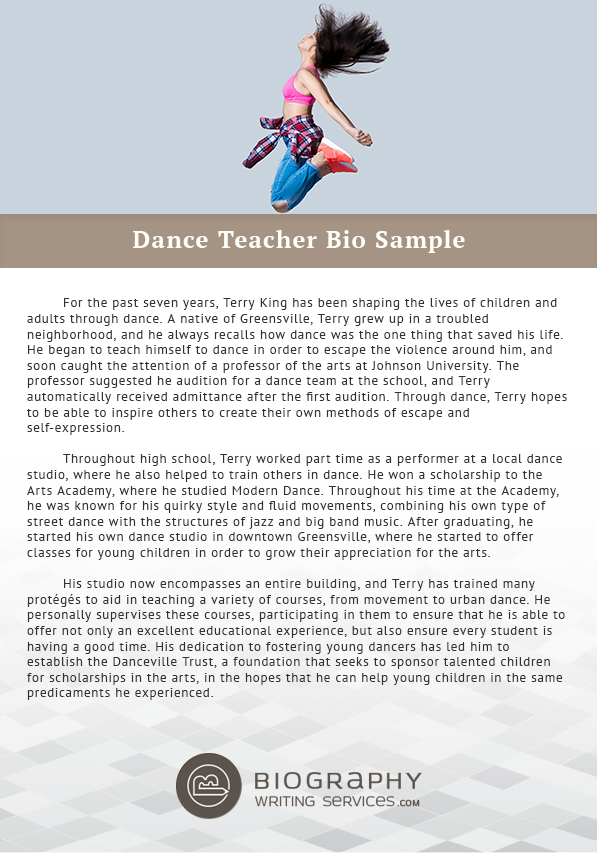 The 1980s gave birth to break dancing, hip hop and line dancing which influenced dance culture tremendously to this day. The 1990s had dances like the running man, and the macarena that still are popular in dances that kids do today. The 90s popularized major artists such as MC Hammer, Vanilla ice, and Black Street.
The 1980s gave birth to break dancing, hip hop and line dancing which influenced dance culture tremendously to this day. The 1990s had dances like the running man, and the macarena that still are popular in dances that kids do today. The 90s popularized major artists such as MC Hammer, Vanilla ice, and Black Street.
In India too, dance has had a glorious evolution. Although dance forms like kathak, kuchipudi, folk dance, etc. still enjoy a prominent place in people’s entertainment fix, the 1950s brought about a revolution, with dance being incorporated into films and thus Bollywood gained its internationally popular identity. Then heart-throbs like Mithun and Rishi Kapoor brought Disco in all its glory in the 1980s.
Image Credits: PaperToStoneThe 1990s saw an influence of the Western style of dancing, and even the songs rolled out had a major hip-hop, and street flavor in them. The 2000s onward saw a fusion of dance styles, yet keeping the individual tones alive.
We caught up with Mumbai-based Split sole Dance Academy to get insights into the fascinating world of dance, and here’s what they had to say –
Origin of dance
Home » Themes » Dances
Category: Dances
The origin of dance began in ancient times. In confirmation of this, it can be mentioned that the first images of this action are contained in rock paintings dated to the 6-8th century BC.
Dancing in rock paintings
It should be noted that initially the dance was far from entertaining and cultural. It was a way of communication, self-expression, enlightenment, and even a way of mass suggestion. In ancient times, people expressed all the most important events (love, war, hunting, etc.) in ritual dances, which often copied the habits of various animals. The plots of such choreographic compositions were mainly of a domestic nature - with their help, people turned to the gods, expressed their feelings and raised their morale before any battle or hunt. Such ritual dances contributed to the overall organization and maximum cohesion, which was very important in those days.
Such ritual dances contributed to the overall organization and maximum cohesion, which was very important in those days.
Very often dances were used as a rather powerful tool for mass suggestion and strong manipulation of people. Among the most striking examples of such dances are the ritual pas of shamans and African dances. The combination of the rhythm of musical instruments (mainly percussion) and the tempo of dance movements, which gradually became more complex and accelerated, had a very strong effect on the participants in this ritual. Similar choreographic compositions have been used to put people into trance states to achieve enlightenment and mass relaxation.
African dances
With the development of mankind, dance also developed, because it was an integral part of life. With the maturation of the concepts of society and culture, the set of movements took on a “form”, a concept, filled with meaning and harmony.
The development of dance in different cultures
Each culture had its own concept of dance, its purpose and content. For example, the choreographic compositions of the Japanese and Chinese peoples were distinguished by grace and a special rhythm. Each movement had its own semantic meaning, and the dance in general can be compared with the art of writing hieroglyphs. In Europe, dances had a compositional character and embodied a harmonious holistic combination of the movements of the soloist and the ensemble. Unlike Indonesian choreography, which is based on fixed strict steps, Indian dance art is full of smooth movements that express mood and various feelings. It is worth noting that Indian dances are considered the most ancient. According to the legend of Hindu belief, the deity Shiva, performing a beautiful dance, turned the general chaos into the Universe.
Oriental dances
From primitive movements to modern choreography
The history of modern dance began with the advent of rock and roll in the 50s. This type of dance created a real revolution in society. With his appearance, the style of clothing, demeanor and even the moral principles of youth have changed. Rock and roll is a combination of music, in which European and African motifs are intertwined, and dance movements, where some kind of aggressiveness, complex support and careless attitude towards a partner can be traced.
This type of dance created a real revolution in society. With his appearance, the style of clothing, demeanor and even the moral principles of youth have changed. Rock and roll is a combination of music, in which European and African motifs are intertwined, and dance movements, where some kind of aggressiveness, complex support and careless attitude towards a partner can be traced.
Modern rock and roll
Many people considered this kind of choreography to be vicious and unacceptable for decent people. But, despite this, rock and roll gave a good impetus to the emergence and development of a huge number of new types of dances, which are still very popular.
Like this article? Share with friends:
The history of dance from antiquity to the present
International Dance Day is a holiday dedicated to all styles of dance, celebrated on 29April. Initiated in 1982 by the UNESCO International Dance Council.
The date was proposed by the teacher and choreographer Pyotr Gusev in memory of the French choreographer, ballet theorist and reformer Jean-Georges Noverre (1727-1810), born on this day, who went down in history as the "father of modern ballet".
As conceived by the founders, International Dance Day is intended to unite all areas of dance, to become an occasion to honor this art form, its ability to overcome all political, cultural and ethnic boundaries, the ability to unite people in the name of friendship and peace, allowing them to speak the same language is the language of dance.
From the moment when a person begins to walk, move, run, he expresses himself plastically. Sometimes, in order to understand each other, a gesture, a turn of the head, a glance is enough. Look - here is a couple walking down the street at dusk. You see them only from the back - and yet immediately determine whether they are just acquaintances or lovers. This is plastic. When a person is in grief, he becomes petrified.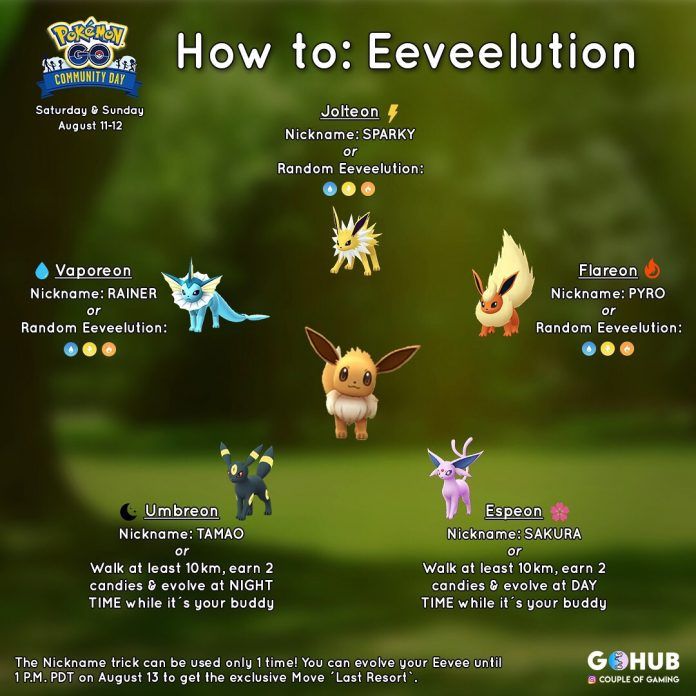 And the suffering of a silent person cannot be confused with the thoughtfulness of an inquisitive youth. It's also plastic. Everyone is capable of plastic expression of their emotions, therefore dance unites people.
And the suffering of a silent person cannot be confused with the thoughtfulness of an inquisitive youth. It's also plastic. Everyone is capable of plastic expression of their emotions, therefore dance unites people.
The history of the emergence and development of dances is rich and multifaceted.
Dance is one of the oldest art forms. Its appearance is attributed to the times of primitive tribes. Naturally, in that era the type of dance and its purpose differed significantly from modern ones. The development of this art went through several stages, the dance changed, as did society as a whole.
Primitive dance
Dance began its life together with man. The history of the emergence of dance is inextricably linked with the history of human culture. There were dances ritual, hunting, labor, military. They were passed down from generation to generation. No matter how smart a person is, no matter how wide the range of his interests, nevertheless, his life, if he is not able to express his feelings in music, in song, in dance, inevitably turns out to be impoverished.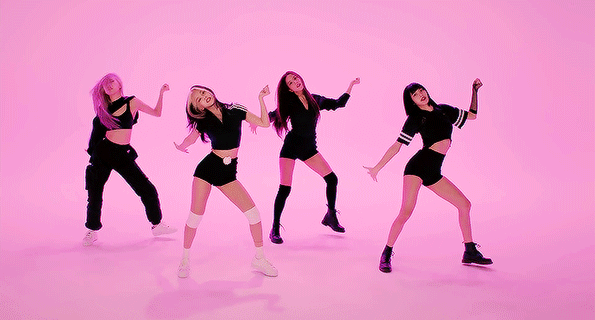 It is not for nothing that in ancient Greece, where the aspirations to educate a harmonious personality were so developed, philosophers, like all citizens, did not shy away from dancing, and it is known for certain about the great playwright and poet Sophocles that in honor of the victory of the Greeks over the Persians, he publicly sang and danced “ceap ".
It is not for nothing that in ancient Greece, where the aspirations to educate a harmonious personality were so developed, philosophers, like all citizens, did not shy away from dancing, and it is known for certain about the great playwright and poet Sophocles that in honor of the victory of the Greeks over the Persians, he publicly sang and danced “ceap ".
The Greeks understood the nature of dances, they understood that dance is able to reveal what drama, music, painting are powerless to face. The subtlest impulses of human feeling are subject to dance when it becomes art. Look at ancient Greek stelae, red-figure or black-figure vases. Here the bodies themselves delight, scream, rejoice. We say it's plastic.
It is difficult for historians to determine exactly when people first began to dance. And yet, the antiquity of this event can be judged by the ancient rock paintings found in India, which depict dancing people.
It is assumed that dance movements were used by primitive people even before the appearance of speech.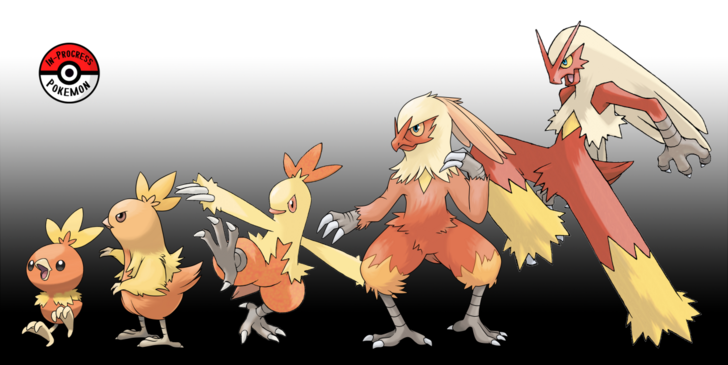 So they could convey their emotions and experiences to each other. In addition, the dance could include the moment of the game, gave the dancer the opportunity to "reincarnate". For example, hunters wove movements characteristic of animals into their dance.
So they could convey their emotions and experiences to each other. In addition, the dance could include the moment of the game, gave the dancer the opportunity to "reincarnate". For example, hunters wove movements characteristic of animals into their dance.
Another feature of the ancient dance is its strong connection with rituals. Not a single ritual was complete without a special totemic dance, which could last for several days.
Dances of ancient cultures
Dances are mentioned in the Old Testament. Archaeological finds testify to the presence of this art in ancient Egypt. Judging by the old drawings, collective female dances were widespread there.
India is rich in deep dance traditions. To this day, 2 types have come down - pure dance (Nritta) and story dance (Nritya). Nritta is a body movement combined with hand gestures. Nritya is a dance that tells a certain story. Special poems are written for this dance type. In ancient India, ritual dances performed at special venues in temples also played an important role.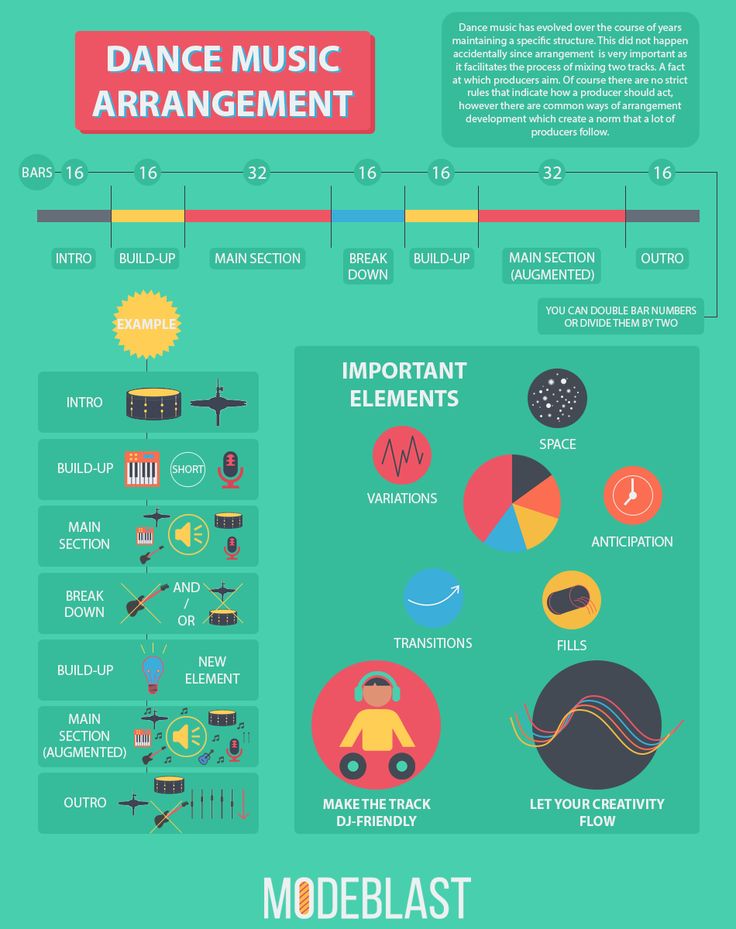
In ancient China and Japan, the art of dance also developed successfully. Initially, the dance was mainly part of the rituals, and the profession of a dancer echoed the profession of a priestess. Later, the art of dance began to be taught to all girls. In addition, a plot dance was developed in the Far East, which was inseparably connected with the theater.
In ancient Greece, dance played an important role in the life of society; here, along with other ancient Greek gods, Terpsichore, the goddess of dance, was revered. It is from the Greek term "Χορός" that the concept of "choreography" originated. In Greece, there were several types of dance - ritual, military, plot, marriage and salon. Men and women danced separately.
Middle Ages and the Renaissance
In the Middle Ages in Europe, with the advent of Christianity, dance began to be considered a relic of the pagan past. Ritual dance disappears almost completely, and even folk dances are not approved.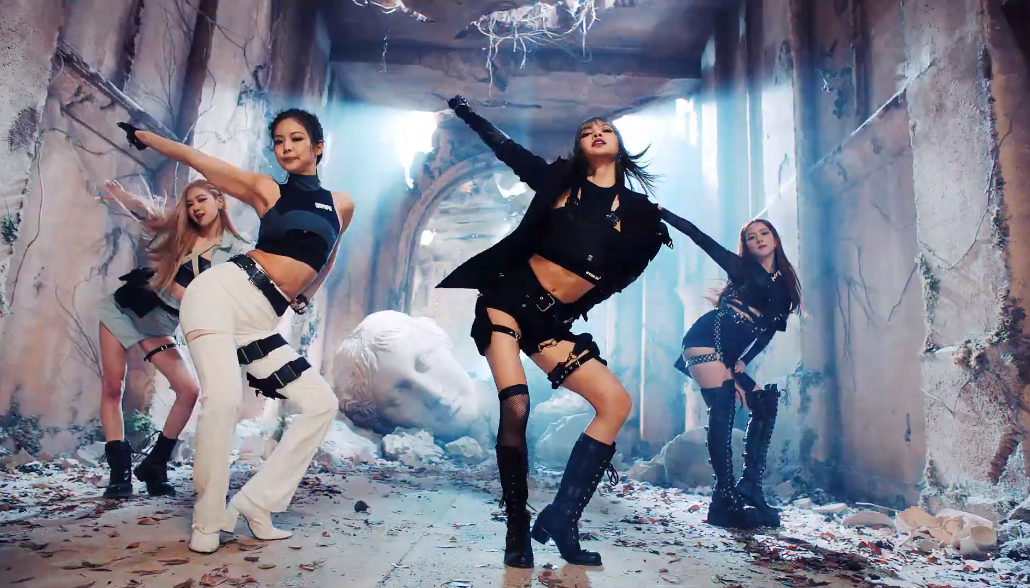 However, in the XIV century, among the nobility, salon dances (branle, sardana, pavane and others), which are danced by a lady and a gentleman in pairs, become widespread. Balls are getting popular.
However, in the XIV century, among the nobility, salon dances (branle, sardana, pavane and others), which are danced by a lady and a gentleman in pairs, become widespread. Balls are getting popular.
During the Renaissance, both salon and stage dances developed. In the 17th century, ballet appeared, the first ballet school was opened. In the 18th century, the waltz, square dance and bolero were born. The profession of dance master (choreographer) appears.
Modern and folk dances
Dance was an integral part of any folk festivities. We cannot imagine real fun without dancing. The energy of joy, apparently, is a special energy, because it inevitably splashes out, pours out into movement. Every nation, every nationality has its own special set of movements, its own rhythm, a very special plasticity. This was fixed and turned out to be as persistent as the national costume, the national character. Different eras, changes in the way of life, in social and cultural relations were reflected in the dance. Fashion also influenced the development of dance. Folk dances have developed in each country and, like national clothes or architecture, have their own unique features for each nationality. Each nation had dances with different moods and purposes. Mostly cheerful dances have survived to this day, without which not a single folk festival could have done before.
Fashion also influenced the development of dance. Folk dances have developed in each country and, like national clothes or architecture, have their own unique features for each nationality. Each nation had dances with different moods and purposes. Mostly cheerful dances have survived to this day, without which not a single folk festival could have done before.
Ballroom dancing
When the dance moved from the squares to the halls of the palaces, it became an expression of the lifestyle of the ruling strata of society. They said about the favorite minuet in the 18th century: “He who dances the minuet well, does well everything that he undertakes, and can undertake everything.”
Elegance of manners, nobility of posture, refined reverence, which were necessary in a minuet, were the most necessary qualities of a courtier.
In those days, ballet appeared at the court, which very soon became the favorite pastime of kings. It is known that Henry IV and his minister Sully danced in a ballet composed by the king's sister; loved to participate in the ballet Louis XIV.
In the 20th-21st century, many new dance styles appeared - swing, hustle, breakdance, contemporary, etc. Ballroom and historical dances developed. Modern dances are usually divided into 3 broad groups:
• stage;
• competitive;
• entertainment.
Ballet.
In Russia, the first ballet was staged during the reign of Alexei Mikhailovich at Shrovetide in 1672, its plot was borrowed from ancient life.
Dance has endured a long battle to become an art in its own right, separate from singing and drama. And so Terpsichore began to be called the muse of ballet. There was such a profession as a composer of dances, in most cases he is also their director (we say - choreographer).
The outwardly brilliant and always difficult fate of the ballerina surprised me. The dance consolidated its own laws, rules, summed up certain movements that exist to this day. As in painting there are colors, in music there are notes, so in classical ballet there are certain poses, movements, from which, like letters, choreographers, and then actors add words, from words - phrases, from phrases - poems, stories, novels.